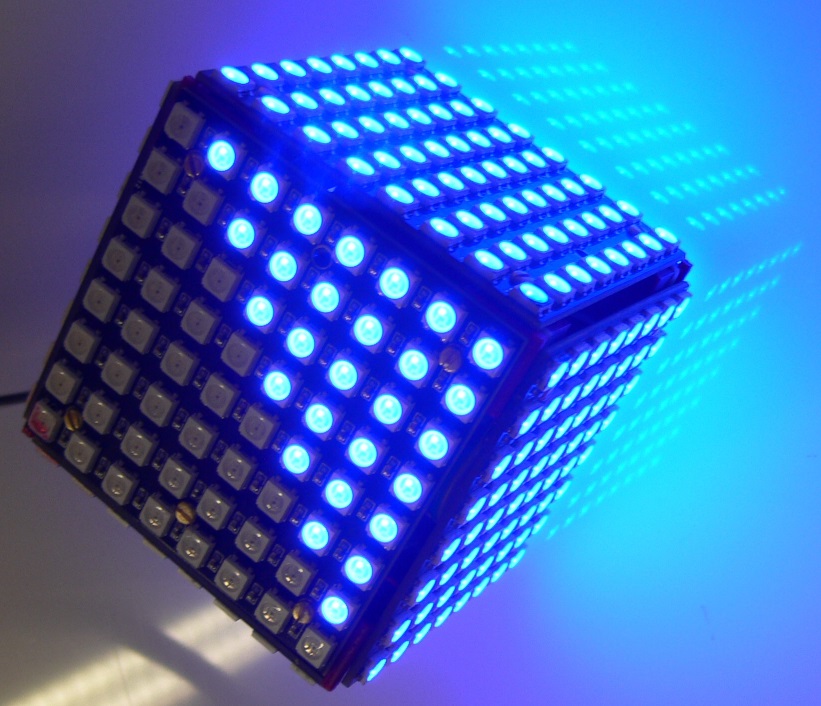
What happens when electronics, programming, physics and mathematics come together? LED-CUBE – the final project of Honza Hřebec from the subject “Laboratory of Industrial Electronics and Sensors” from the Cybernetics and Robotics study program. Six panels, each with 64 Neopixel LEDs, are connected to a Raspberry Pi Pico microcontroller along with a three-axis AMR magnetic field sensor (MMC5883) and an accelerometer (MPU-6050, gyro currently not used). The program is written in MicroPython and the result of the dot product of the measured quantity vector (acceleration, magnetic field) and each individual LED vector is used to control the shine of the individual LEDs.https://youtu.be/yxiaCXfDeU4
CZ: Co vznikne, když se spojí elektronika, programování, fyzika a matematika? LED-CUBE – závěrečný projekt Honzy Hřebce z předmětu Laboratoře průmyslové elektroniky a senzorů z programu KyR. Šest panelů, každý s 64-mi Neopixel LEDkami, je připojeno k mikrokontroléru Raspberry Pi Pico spolu s tří-osým AMR senzorem magnetického pole (MMC5883) a akcelerometrem (MPU-6050, gyroskop se aktuálně nepoužívá). Program je napsán v MicroPythonu a pro řízení svitu jednotlivých LED slouží výsledek skalárního součinu vektoru měřené veličiny (zrychlení, magnetické pole) a každé jednotlivé LED.
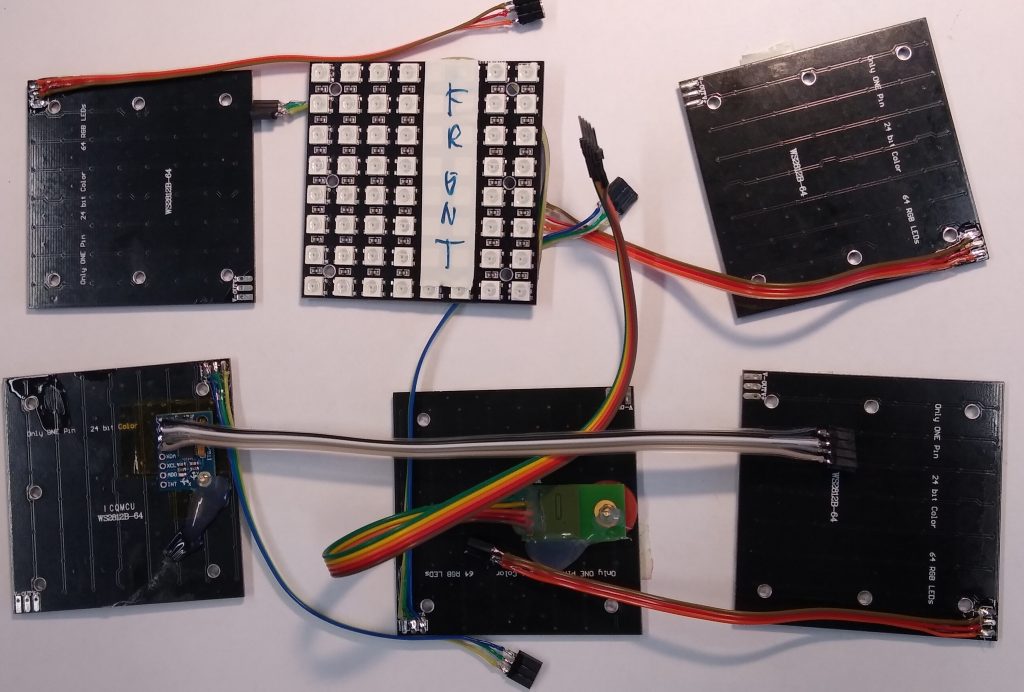
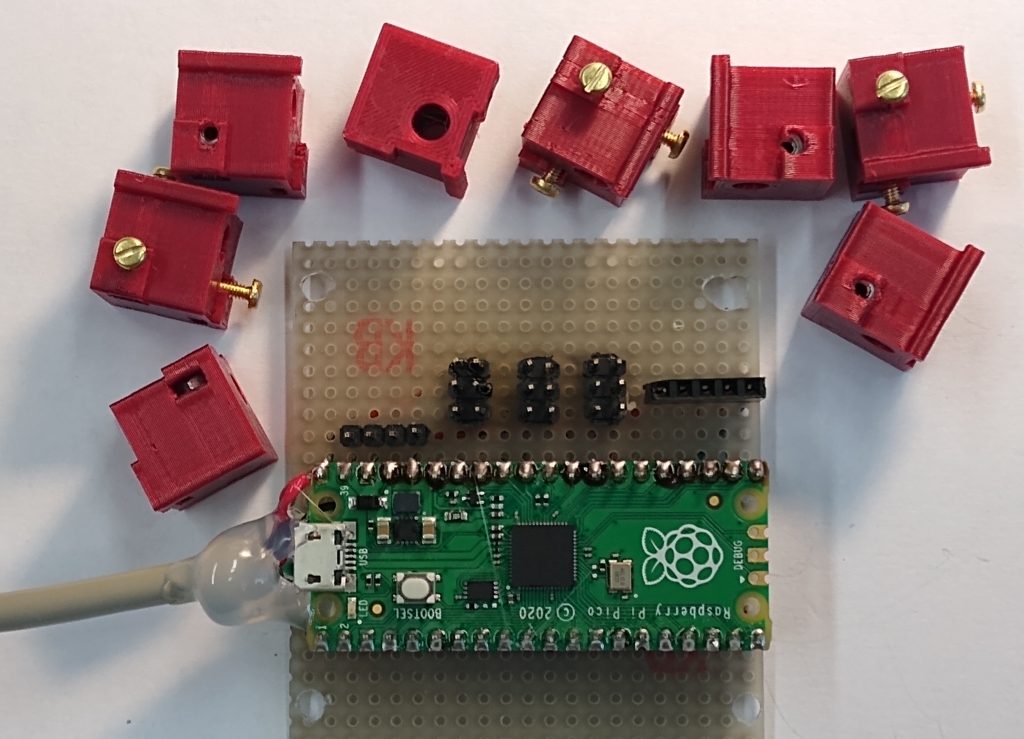
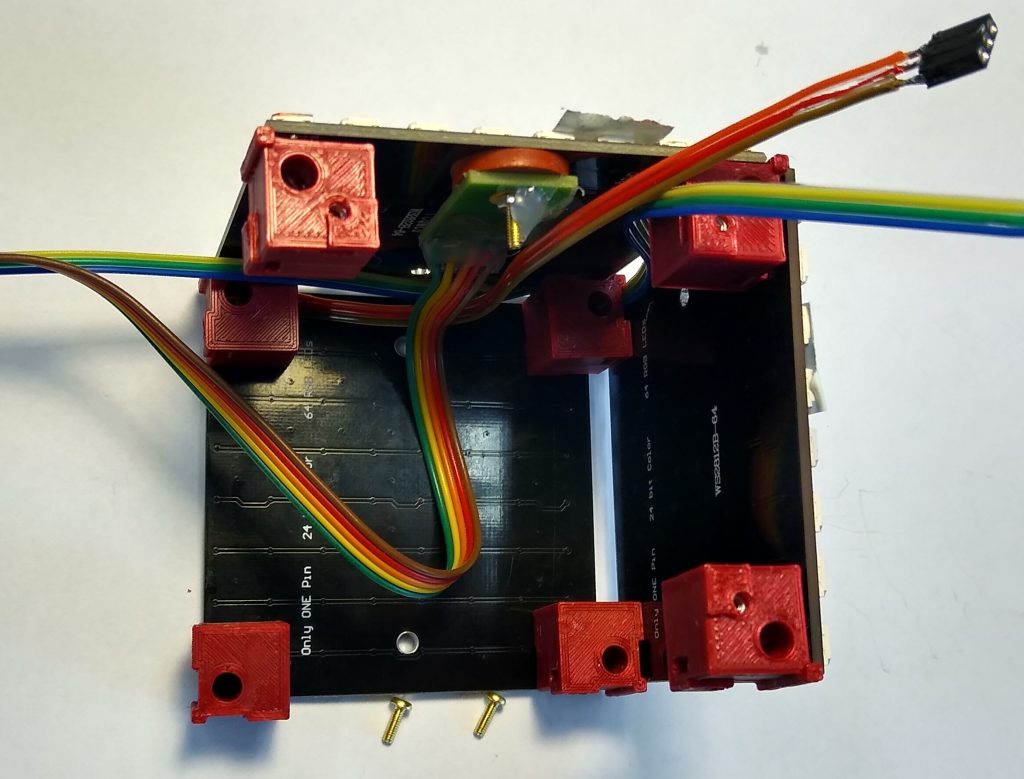
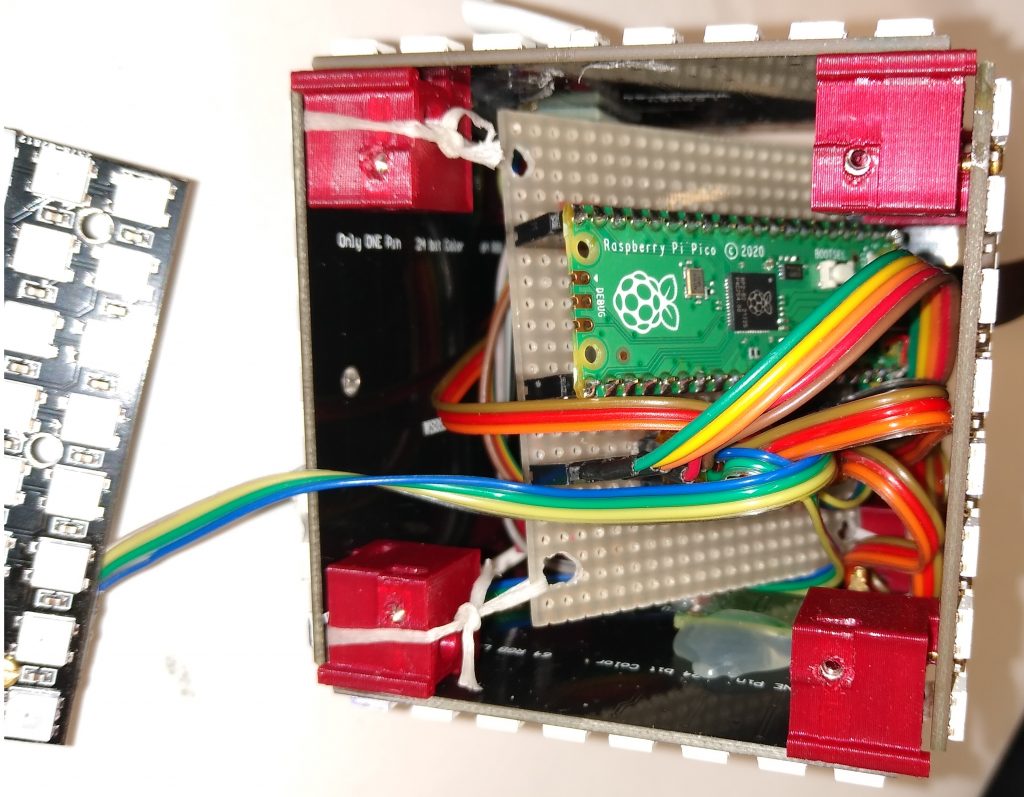
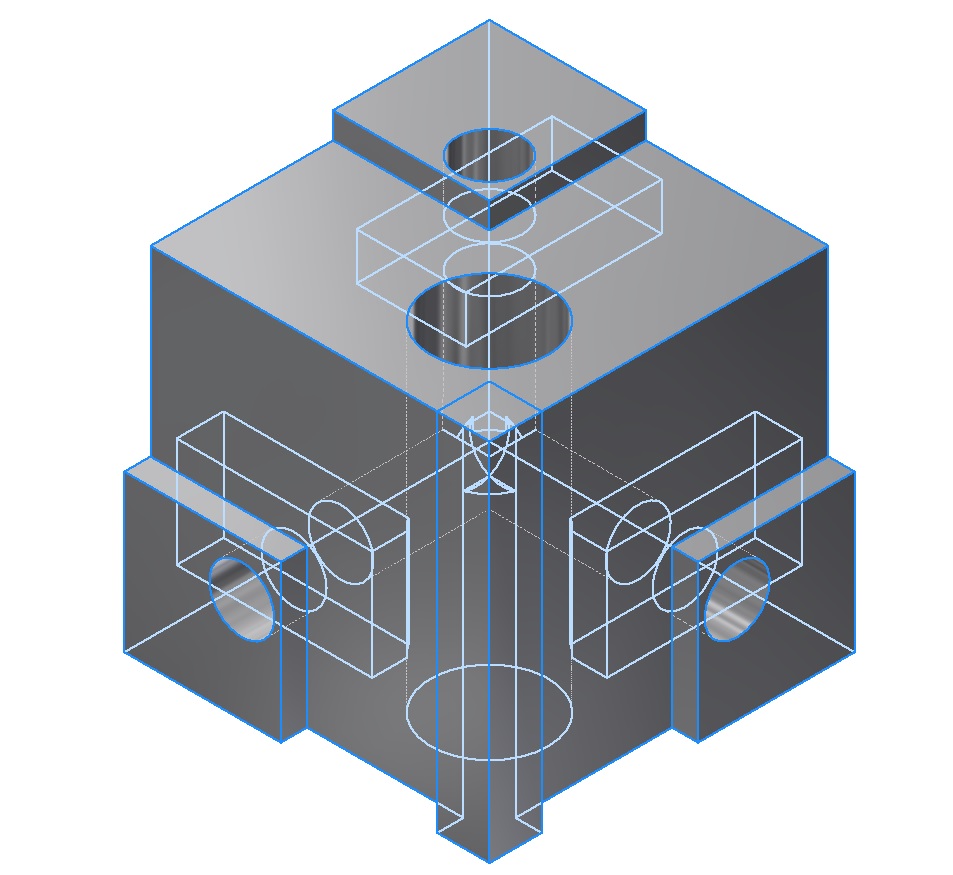

Source files in Micropython (zipped, no warranty of any kind…):
